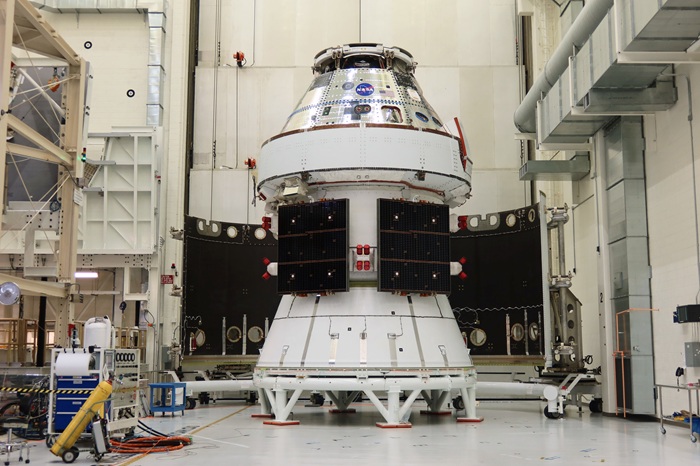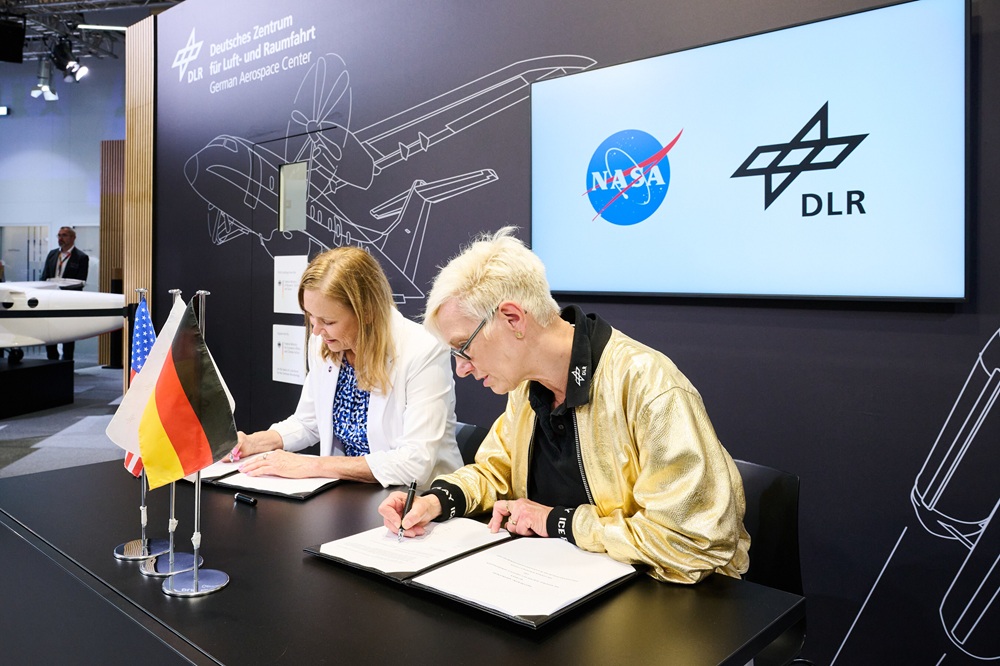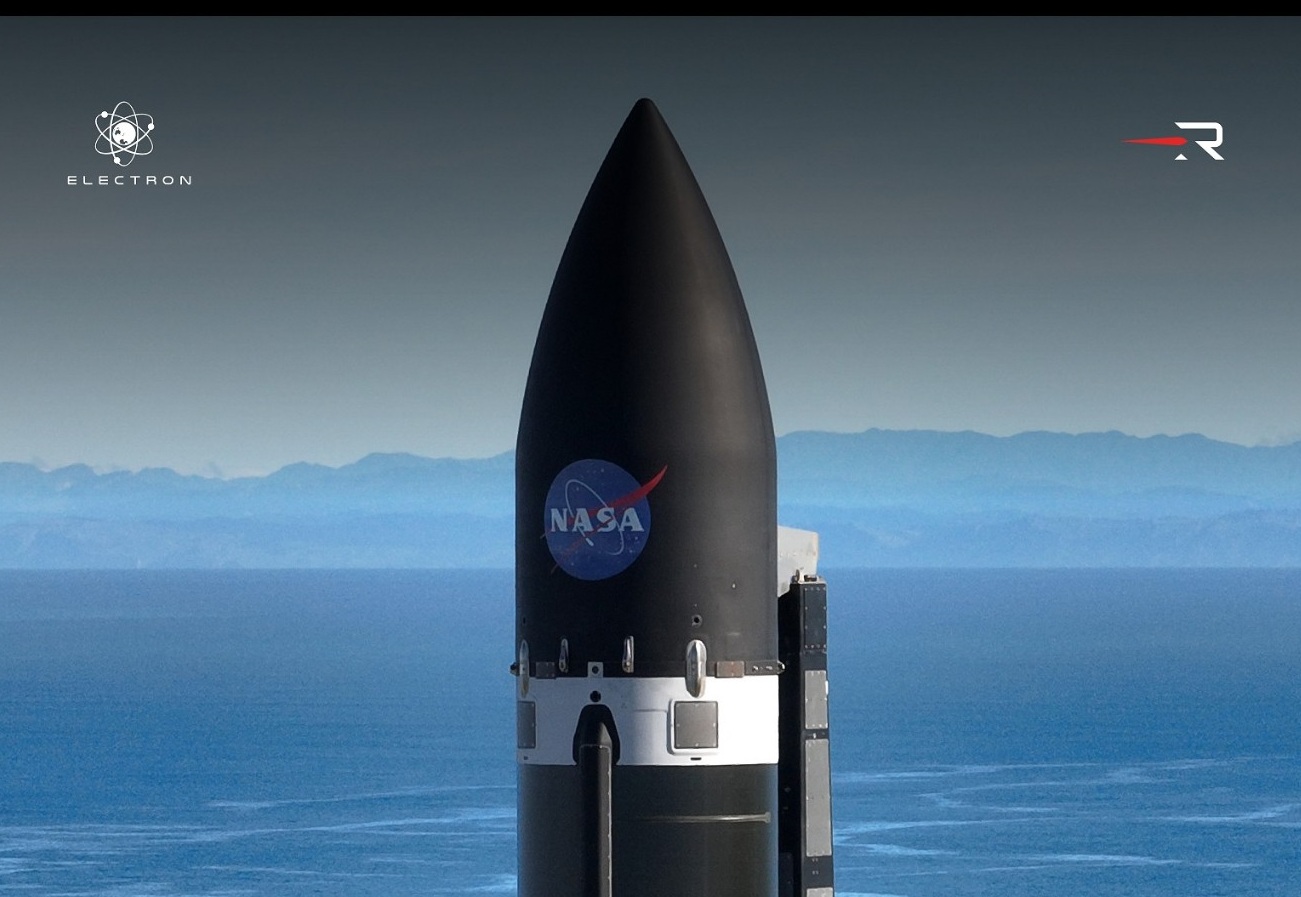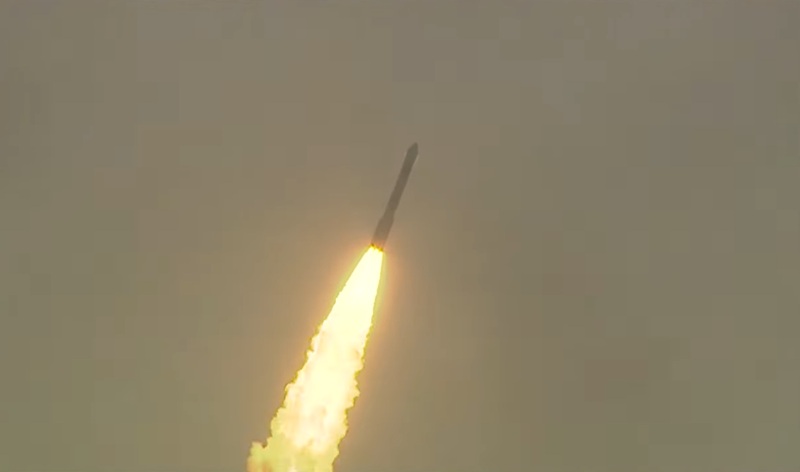DENVER: Lockheed Martin has successfully completed the assembly and testing of NASA’s Orion spacecraft designated for the Artemis II mission, officially transferring possession to NASA’s Exploration Ground Systems (EGS) team. This milestone marks a critical advancement in NASA’s Artemis program, which aims to establish a sustainable human presence on the Moon and lay the groundwork for crewed missions to Mars.
Orion, the most advanced human-rated deep space spacecraft ever developed, is central to NASA’s ambitions for lunar exploration. Lockheed Martin, serving as the prime contractor, built key components including the crew module, crew module adaptor, and the launch abort system. The spacecraft is designed to carry astronauts farther into space than ever before, with enhanced safety and mission capabilities.
“This achievement is a testament to our employees and suppliers who have worked tirelessly to reach this important milestone,” said Kirk Shireman, vice president of Human Space Exploration and Orion program manager at Lockheed Martin. “The completion of the Orion spacecraft for Artemis II is a major step forward in our nation’s efforts to develop a long-term lunar presence. It’s exciting to think that soon, humans will witness Earth rising over the lunar horizon from our vehicle as they travel farther from Earth than ever before.”
Upgrades for Crewed Flight
The Artemis II mission will be the first crewed flight of Orion, following the successful uncrewed Exploration Flight Test-1 (EFT-1) in 2014 and Artemis I mission in 2022, which validated the spacecraft’s core systems. Based on lessons learned from Artemis I, Orion has been significantly upgraded to support the health and safety of astronauts onboard.
New systems integrated into the spacecraft include advanced life support for air, water, thermal control, and waste management. The cockpit features updated displays and controls, enhanced audio communications, and an onboard exercise machine to maintain crew fitness during the mission. A fully functional Launch Abort System has been installed to ensure astronaut safety in case of emergency during launch.
Additionally, Orion is equipped with a subset of docking sensors and an experimental laser communication system, enabling high data-rate communications. This technology will facilitate more robust communication links and serve as a testbed for future deep space missions.
Preparing for Launch
Following the handover, NASA’s Exploration Ground Systems team will conduct final spacecraft preparations at Kennedy Space Center. Orion will be moved from the Neil Armstrong Operations and Checkout Building to processing facilities where propellants, water, oxygen, and other consumables will be loaded. The launch abort system and protective fairings will also be installed.
Once these steps are complete, Orion will be transported to the Vehicle Assembly Building (VAB) to be stacked atop NASA’s Space Launch System (SLS) rocket. The combined spacecraft and rocket will undergo final testing and preparations before rolling out to Launch Pad 39B for the scheduled liftoff.
The Artemis II Mission: A Historic Journey
Artemis II is slated for launch in early 2026 and will carry four astronauts: NASA’s Reid Wiseman, Victor Glover, Christina Koch, and Canadian Space Agency astronaut Jeremy Hansen. The mission will last approximately 10 days, during which the crew will travel roughly 4,600 miles beyond the Moon before returning to Earth.
The mission objectives include evaluating Orion’s performance with a crew onboard, testing navigation and communication systems, and conducting scientific experiments in deep space. A key operational activity will be a rendezvous and docking exercise with the SLS upper stage, a critical maneuver for future Artemis missions.
Artemis II is a precursor to Artemis III, which aims to return humans to the lunar surface for the first time since Apollo 17 in 1972. The docking practice and system validations during Artemis II will be essential for the success of Artemis III’s historic lunar landing.
Continuing the Artemis Journey
With Artemis II’s Orion spacecraft development complete, Lockheed Martin is actively working on vehicles for upcoming Artemis missions. Orion spacecraft for Artemis III and IV are currently in the Operations and Checkout Building at Kennedy Space Center, while the pressure vessel for future vehicles is being welded at NASA’s Michoud Assembly Facility in New Orleans.
Lockheed Martin holds contracts to develop Orion spacecraft through Artemis VIII, focusing on reducing costs and improving efficiencies with each successive vehicle. The company’s ongoing partnership with NASA is vital to sustaining the Artemis program’s ambitious timeline and goals.
A Foundation for Mars and Beyond
The Artemis program represents a new era of human space exploration, with Orion at its core. By enabling safe, reliable crewed missions to the Moon, Artemis is establishing the infrastructure and experience necessary for humanity’s first crewed missions to Mars.
Lockheed Martin’s completion of the Orion spacecraft for Artemis II is a significant step toward this vision, demonstrating technological innovation and international collaboration. As the spacecraft moves closer to launch, the world anticipates a historic journey that will inspire generations and expand humanity’s reach into the solar system.





